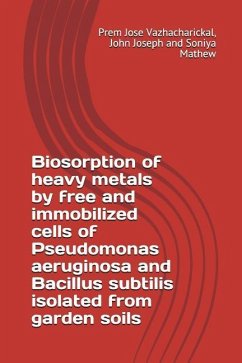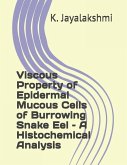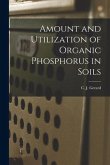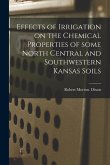Human populations need methods and technologies to clean waters and diminish the environmental dangers related to technological progress. Biosorption can be one such solution to clean up metal contamination. In the present study P.aeruginosa and B.subtilis was isolated from rhizosphere soil by serial dilution and plate count technique. Both free and immobilized form of isolates were tested for the biosorption of chromium (Cr), molybdenum (Mo), iron (Fe) and copper (Cu). Both the strains were able to remove metal from solutions. Free cells of B.subtilis and P.aeruginosa showed maximum iron removal 86.6% and 92.2% respectively. Free cells of B.subtilis is better in chromium removal (92%) that P.aeruginosa. and B.subtilis was equally effective in the removal of copper (98.1%). Maximum microorganism removal was observed with immobilized cells of B.subtilis; 87.5%. agitation increases the rate of biosorption when compared to static condition. The experiments were also conducted at 37°C and showed slight increase in the rate of biosorption. Microbial metal bioremediation is an efficient strategy due to its low cost, high efficiency and eco-friendly nature. This work summarize the potential of micros in metals remediation.








